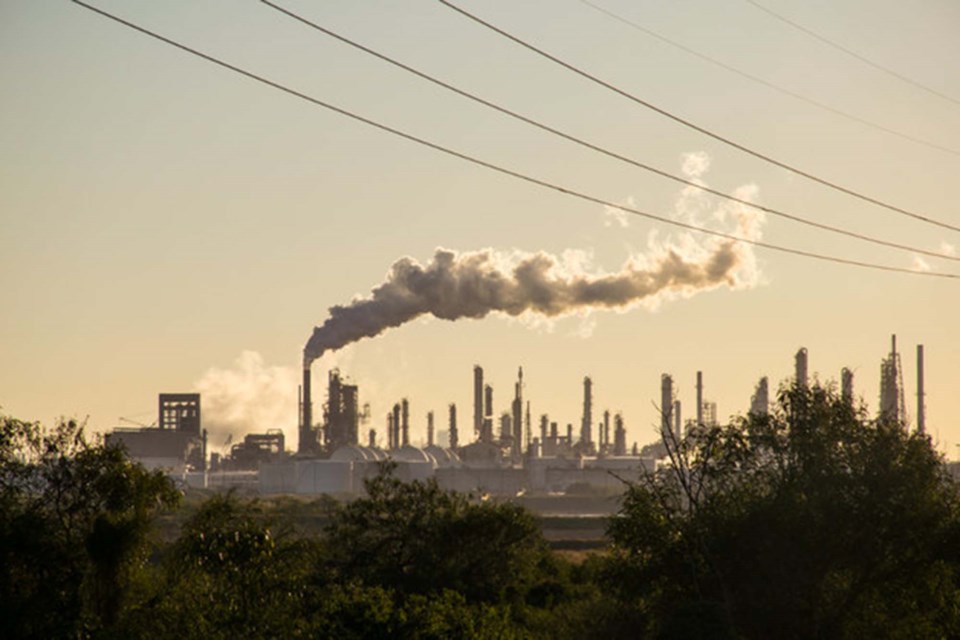Alberta has been a pioneer in setting up its own provincial carbon market, the success of which is due in part to province's history with regulating the oil and gas industry, say experts.
On Sept. 20 and 21, carbon experts converged on downtown Edmonton for the Carbon Capture Canada Conference, and John Storey-Bishoff, director of climate change compliance for Alberta, said the province has set up and operated a carbon market for more than a decade.
Alberta’s carbon market is currently known as TIER, the Technology Innovation and Emissions Reduction Regulation, which helps the province reduce greenhouse gases (GHG) from large industrial emitters. In 2020, some 50 per cent of GHGs from large emitters, or 154 megatonnes, were captured in the system.
The program is output based, where facilities receive free allocations of credit based on a benchmark emission intensity of a product, which includes measurements such as tonnes of GHG output per tonne of bitumen.
A facility will only pay a carbon price if there is a difference between the actual emission and the benchmark it is expected to emit. If a facility has fewer emissions than the benchmark, it is awarded credits for the difference. Carbon capture projects can also earn credits.
“The financial value of all those credits stem from their use as a compliance option. So, sites that have not met the benchmarks that are established for them have an obligation to use either emission performance credits or emission offsets,” Storey-Bishoff said.
In Alberta, a carbon market has been in place since 2007, and Ian Kuwahara, director of energy and industrial innovation at Verra, a voluntary carbon credit program, said Alberta has a lot of elements to create regulatory predictability and clarity.
“I think Alberta has been able to build off all the years of the oil and gas industry and regulated for gas industry in a way that made it sort of a simple extension. [Carbon capture and storage] will be possible in jurisdictions around the world that don't have their own oil and gas industry, that don't have regulations on wells, or for post closure management,” Kuwahara said.
Voluntary versus compliance markets
Many other countries have their own carbon markets. The European Union operates one big market, but other countries don’t have anything similar to Alberta’s TIER program, and companies such as Verra step in and create a voluntary market that businesses can buy into.
Verra operates the Voluntary Carbon Standard (VCS) — currently the largest voluntary carbon market in the world, which issues around 80 per cent of all credits globally — and has registered 1,800 projects with nearly a billion tonnes of emissions reduction.
Even though the carbon market is voluntary, companies still must follow a set of standards and rules to be part of it, Kuwahara said.
Any businesses registered in their own local compliance market, such as those required to register in Alberta, cannot register in the voluntary global markets, said Kuwahara, to ensure the appropriate accounting of the market.
There are some jurisdictions, such as South Africa, which use the voluntary market as their compliance option, meaning businesses who want to operate in the country must be part of the voluntary carbon market.
“There are lots of other parts in the world, in particular at developing nations around the world, that don't have compliance carbon markets, and that's where the [voluntary carbon markets] have taken root,” Kuwahara said.



